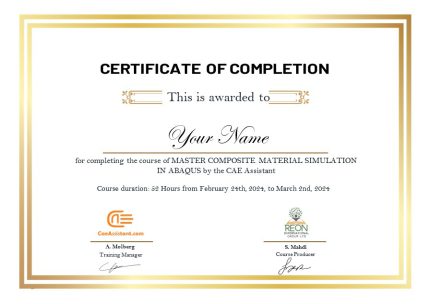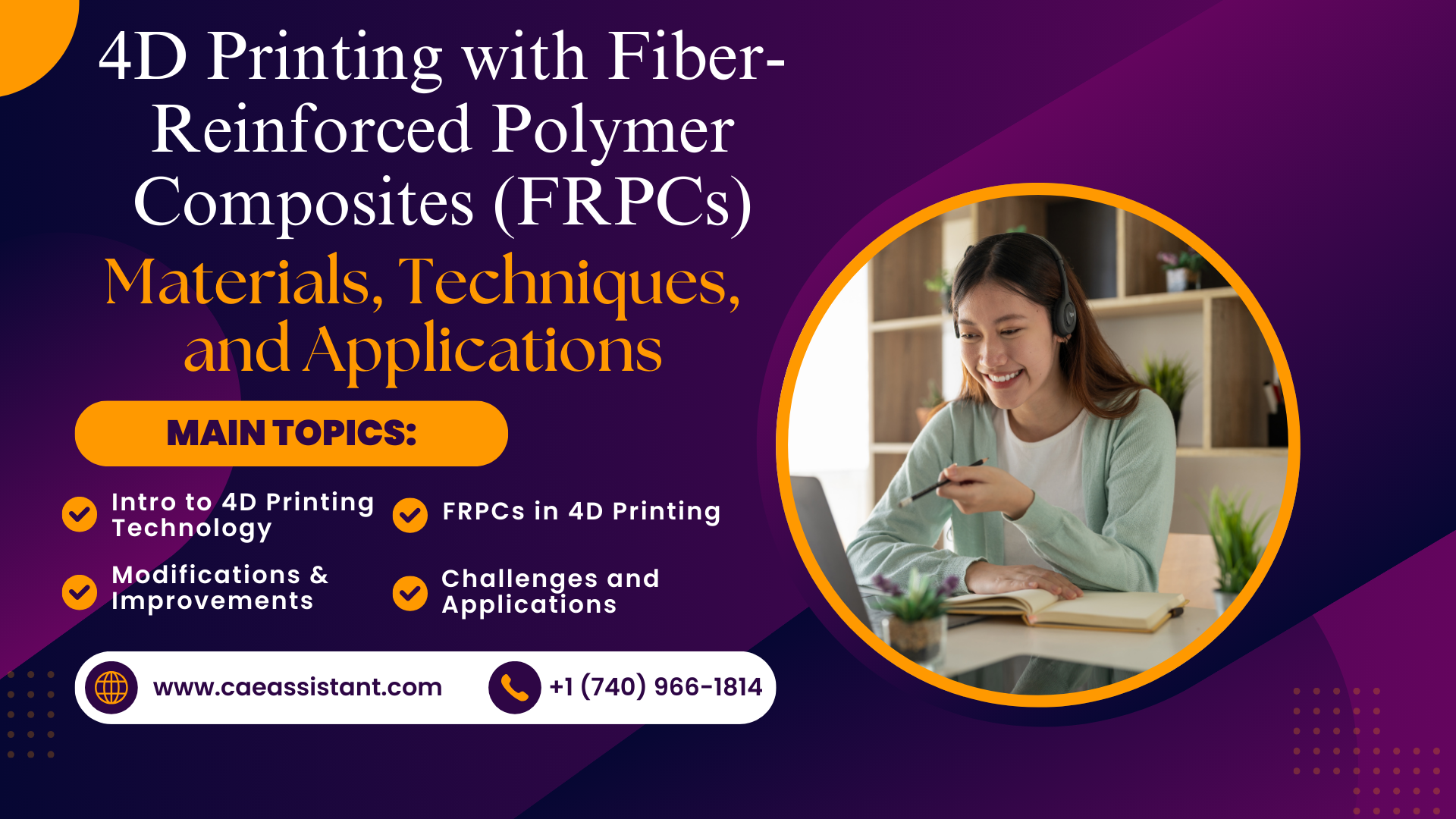1. Introduction to 4D Printing Technology
– Fundamentals of 4D printing.
– Comparison between 3D and 4D printing.
– Overview of stimuli-responsive materials.
2. Challenges in 4D Printing of Pure Polymers
– Mechanical limitations of pure polymers.
– Energy output and actuation issues.
– Constraints on application environments and design freedom.
3. Fiber-Reinforced Polymer Composites (FRPCs) in 4D Printing
– Introduction to FRPCs.
– Types of fibers used in FRPCs (synthetic, natural, short, long, continuous).
– Benefits of integrating fibers into 4D printing.
4. Material Composition in FRPCs-4D Printing
– Overview of polymer matrices used.
– Selection and characterization of reinforcing fibers.
– Material compatibility and hybrid composites.
5. Additive Manufacturing Techniques for FRPCs-4DP
– Techniques such as Fused Deposition Modeling (FDM), Direct Ink Writing (DIW), Digital Light Processing (DLP), and Material Jetting (MJ).
– Innovations in hybrid processing and multi-material approaches.
– In-situ programming for enhanced functionalities.
6. Design Strategies in FRPCs-4D Printing
– Structural design considerations for FRPCs.
– Optimization of fiber alignment and distribution.
– Tailoring material properties through composite design.
7. Actuation Mechanisms in FRPCs-4DP
– Actuation capabilities and methods in FRPCs.
– Diversification of actuation stimuli (e.g., thermal, magnetic, electrical).
– Integration of actuators into smart devices.
8. Applications of FRPCs-4D Printing
– Deployable and load-bearing structures.
– Biomimetic structures and smart materials.
– Development of all-in-one intelligent devices (e.g., actuators, sensors).
9. Current Challenges and Future Trends in FRPCs-4DP
– Key challenges in FRPCs-4D printing for practical applications.
– Future research directions and potential breakthroughs.
– Industrial applications and commercialization prospects.
10. Case Studies and Practical Implementations
– Review of successful implementations of FRPCs-4DP.
– Analysis of specific case studies in robotics, metamaterials, and other fields.
– Hands-on projects or simulations using FRPCs-4DP techniques.
– Fundamentals of 4D printing.
– Comparison between 3D and 4D printing.
– Overview of stimuli-responsive materials
– Mechanical limitations of pure polymers.
– Energy output and actuation issues.
– Constraints on application environments and design freedom.
– Introduction to FRPCs.
– Types of fibers used in FRPCs (synthetic, natural, short, long, continuous).
– Benefits of integrating fibers into 4D printing.
– Overview of polymer matrices used.
– Selection and characterization of reinforcing fibers.
– Material compatibility and hybrid composites.
– Techniques such as Fused Deposition Modeling (FDM), Direct Ink Writing (DIW), Digital Light Processing (DLP), and Material Jetting (MJ).
– Innovations in hybrid processing and multi-material approaches.
– In-situ programming for enhanced functionalities.
Our team of CAE Assistant instructors, renowned experts in their respective domains, will deliver each section of the course, providing you with unparalleled knowledge and insights.
Currently, the course instructor is being finalized, but we are committed to bringing you one of the leading experts in the field. We’re working diligently to ensure that a top researcher will be selected to develop and deliver this course soon.
Our courses are designed for a diverse audience that includes graduate and PhD students, R&D professionals in industry, and university faculty members. Each course is meticulously crafted based on the latest ISI papers and cutting-edge research to ensure that participants receive the most current and relevant knowledge in emerging technology topics.
Graduate and PhD Students: These courses provide advanced insights and practical applications of recent research, equipping students with the latest knowledge and methodologies to enhance their academic work and research capabilities.
R&D Employees: For professionals working in industrial research and development, our courses offer valuable updates on new trends and technologies, fostering innovation and enhancing their ability to address complex challenges in their projects.
University Faculty Members: Academics seeking to stay abreast of the latest developments will benefit from our courses by gaining access to cutting-edge research and emerging technologies, which can be integrated into their teaching and research activities.
By participating in our courses, all these groups will gain a competitive edge through up-to-date knowledge, practical skills, and insights directly derived from the forefront of scientific and technological advancements.
Finite Element Analysis course Certificate
Upon successful completion of this course, you will receive a course completion certificate. This certificate guarantees your skills with the amount of time spent, skills trained, and can be verified online.

Ready to Join?
First Session for Free!
